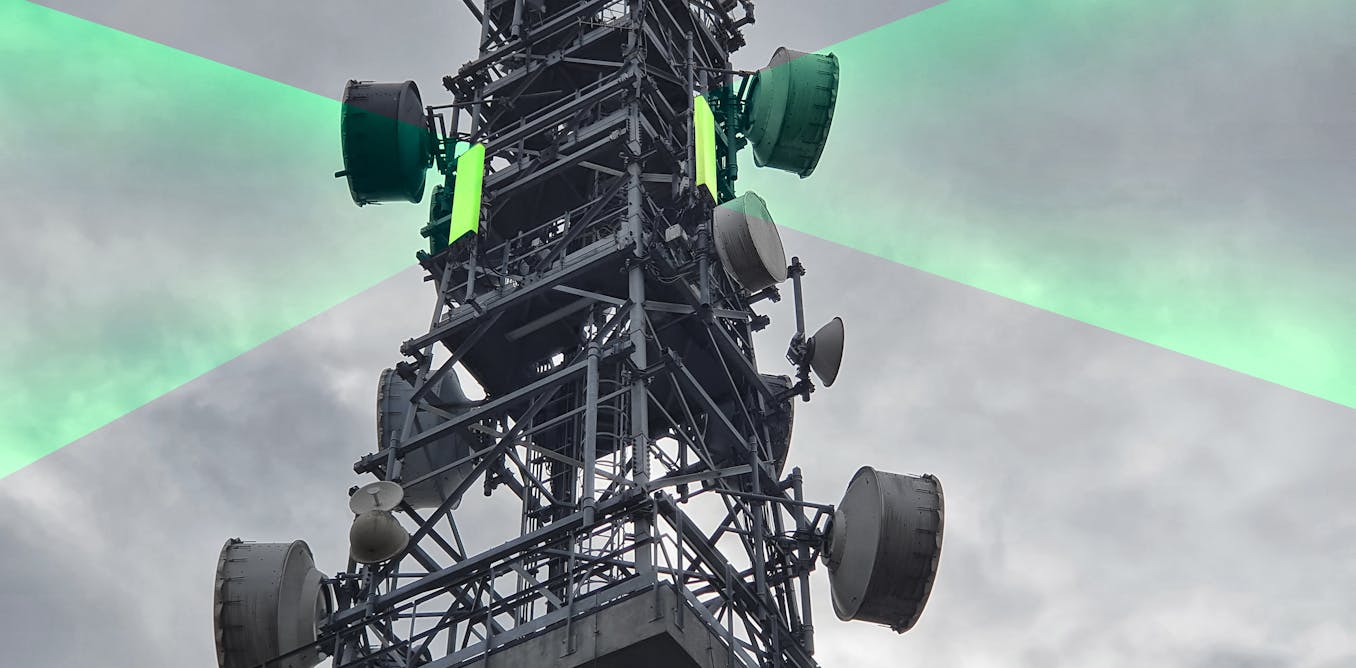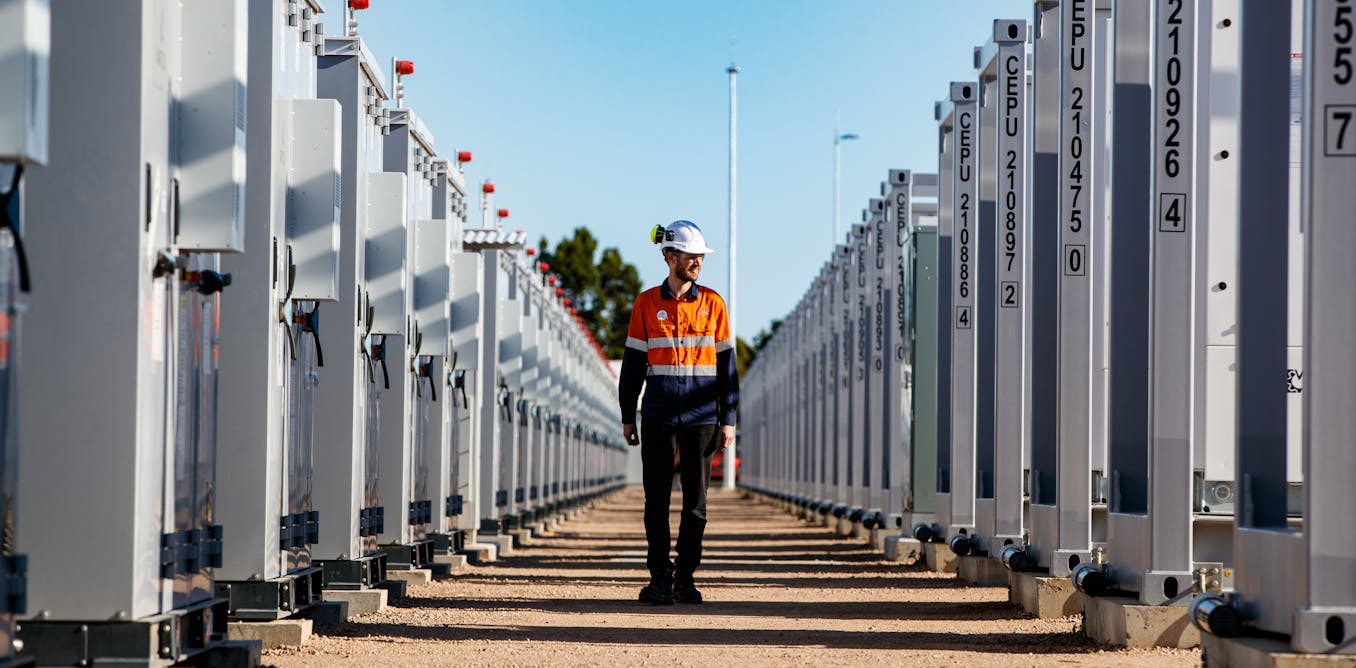Many fusion energy start-ups talk about trying to replicate the awesome power of the sun. But only one is also trying to replicate the sun’s structure, by having the reactor’s most important component—a powerful magnet—float in a vacuum, surrounded by a ball of thermonuclear glowing gas.
Two weeks ago, OpenStar Technologies achieved “first plasma”—a cloud of ionized helium contained by a superconducting magnet suspended at the center of a prototype device called Junior, in New Zealand.
OpenStar is still years away from producing fusion, let alone net power gain, but its founder and CEO Ratu Mataira told IEEE Spectrum that its design, which will eventually include that magnet hovering meters above the ground, might be humanity’s best shot at achieving commercial-scale fusion energy.
“It’s the only fusion configuration that nature doesn’t want to destroy immediately at all times,” he said.
Making a Miniature Sun
The sun undergoes fusion by virtue of its immense mass, with gravity forcing hydrogen nuclei to fuse into other particles and release a burst of energy. To replicate that process on Earth, some researchers and start-ups are using magnetic fields to squeeze hydrogen nuclei together.
A traditional donut-shaped tokamak reactor uses magnets outside the reactor to shape the plasma inside, but this plasma configuration is notoriously difficult to create and maintain. OpenStar’s idea is to use a dipole magnet at the center of the reactor instead. Dipole magnets are common in nature: Earth’s own magnetic field that protects us from stellar radiation is an example. A dipole’s big advantage is that they are naturally stable, potentially opening the door to sustained fusion reactions.
“We solve a lot of complication by moving to the dipole,” said Mataira. “The one catch that it makes the magnet look significantly harder to do.”
Placing a superconducting magnet that requires chilling to a few tens of degrees above absolute zero in the midst of a fusion reaction at 175 million degrees Celsius might sound insane. But there is some physics working in OpenStar’s favor: Mataira points out that convection in the plasma will drive heat outward toward the reactor walls, rather inward toward the magnet. “It doesn’t kill the concept of having a magnet inside,” he said.
“It’s the only fusion configuration that nature doesn’t want to destroy immediately at all times.” —Ratu Mataira, OpenStar Technologies
In the experiment last week, the magnet was pre-cooled to about 30 Kelvin (-240 °C), which gave OpenStar an 80-minute window until it warmed up and could no longer provide the necessary magnetic field. In future iterations, the magnet will have on-board cooling from liquid helium to extend that duration, although it will still need to be shut down periodically to be cooled again.
There are other limits to Junior’s operation. Although the high-temperature superconductors in the magnet have extremely low…
Read full article: New Fusion Reactor Design Uses Levitating Magnets

The post “New Fusion Reactor Design Uses Levitating Magnets” by Mark Harris was published on 11/12/2024 by spectrum.ieee.org






































Leave a Reply